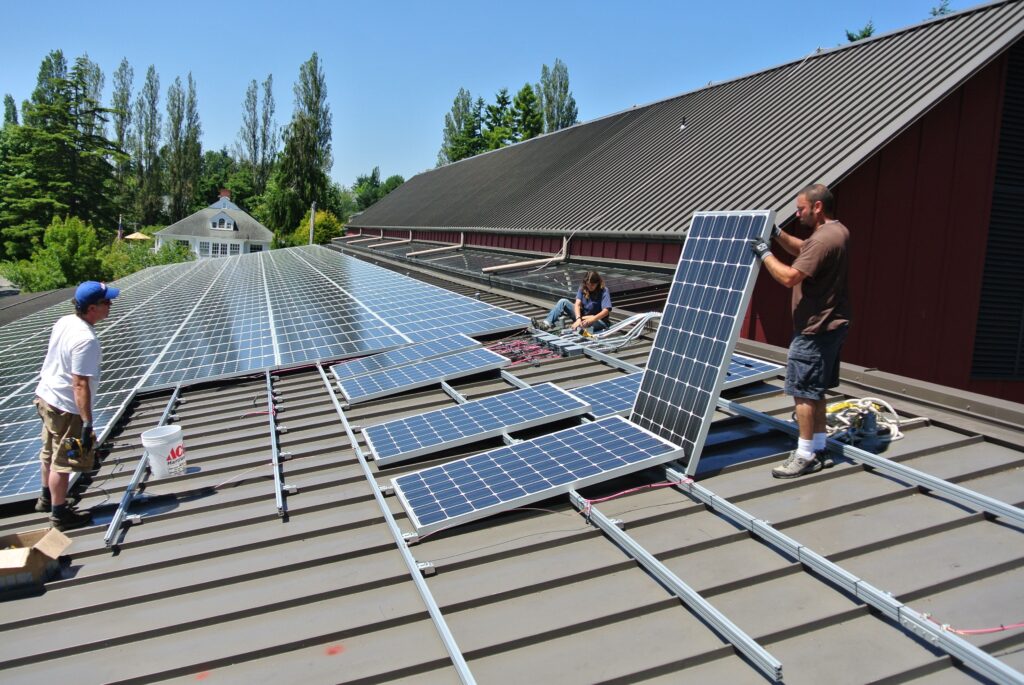The service life of each part of a solar panel system can vary depending on factors such as the quality of materials, manufacturing processes, environmental conditions, and maintenance. Here is a breakdown of the typical service life expectancy for the major components of a solar panel system.
- Solar Panels (Photovoltaic Modules):
- Solar panels are designed to have a service life of 25 to 30 years or more. Most manufacturers provide performance warranties that guarantee a certain level of efficiency (e.g., 80-90%) after 20 to 25 years. However, many panels continue to produce electricity beyond their warranty period, albeit at a reduced efficiency rate.
- Solar Inverters:
- Solar inverters, which convert DC electricity generated by the solar panels into AC electricity for use in homes or businesses, typically have a service life of 10 to 20 years. Inverters may need to be replaced or upgraded during the lifespan of the solar panel system.
- Mounting and Racking Systems:
- The mounting and racking systems that secure solar panels to rooftops or ground-mounted structures are typically designed to last as long as the panels themselves, with service lives of 25 to 30 years or more.
- Batteries (if included):
- Battery service life varies depending on the type of battery technology used. Lead-acid batteries, commonly used in off-grid and backup systems, have a service life of 5 to 15 years, depending on maintenance and depth of discharge. Lithium-ion batteries tend to have longer service lives, ranging from 10 to 20 years or more.
- Wiring and Electrical Components:
- Wiring, electrical connections, and other components in the solar system, such as junction boxes and connectors, are typically designed to last as long as the solar panels and may have service lives of 25 to 30 years.
- Monitoring and Control Systems:
- Monitoring and control systems, including sensors and software used to track the performance of the solar system, may have varying service lives depending on their complexity and technology. These components may require occasional upgrades or maintenance.
- Protection Equipment:
- Protection equipment like surge suppressors and disconnect switches should have a service life that matches the overall lifespan of the solar panel system. Regular inspections and maintenance are essential to ensure their continued functionality.
- Maintenance and Cleaning:
- Regular maintenance and cleaning can extend the service life of various components in a solar panel system. Panels should be cleaned, and connections inspected periodically to ensure optimal performance.
It’s important to note that environmental conditions, such as exposure to extreme temperatures, humidity, salt air (in coastal areas), and pollution, can affect the service life of solar panel components. Additionally, the quality of the components and adherence to manufacturer specifications and installation standards can significantly impact their longevity.
Proper maintenance, timely replacement of aging components, and adherence to manufacturer guidelines are key to maximizing the overall service life and performance of a solar panel system.


